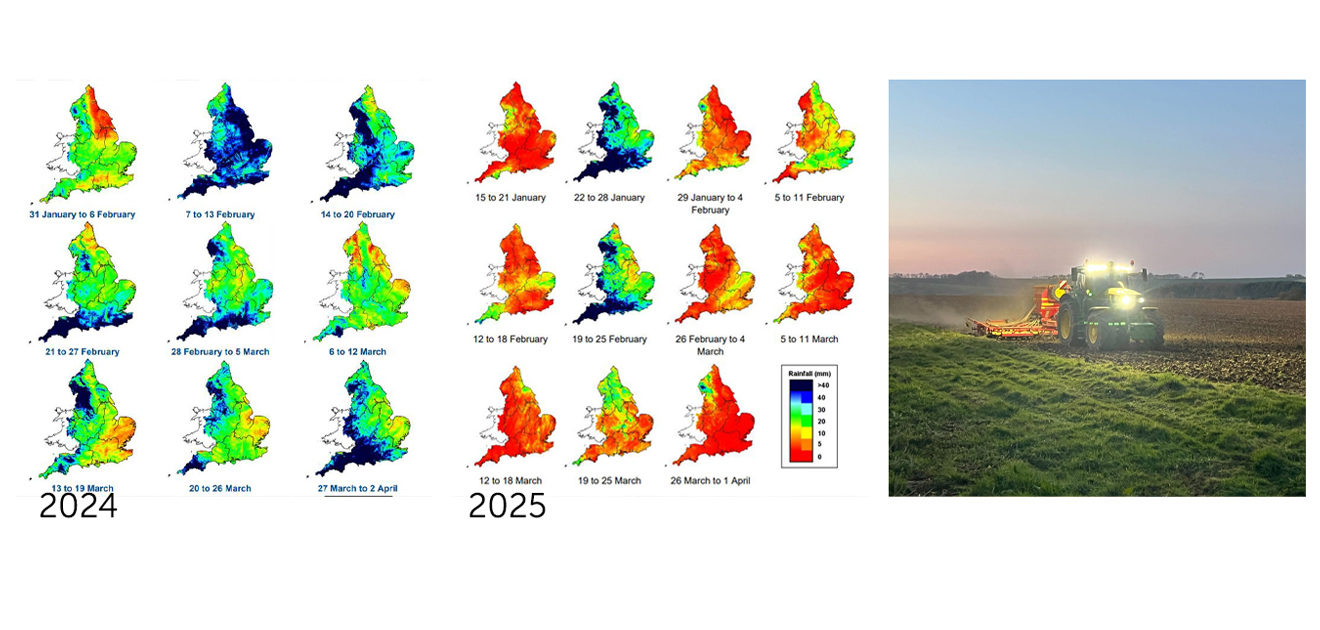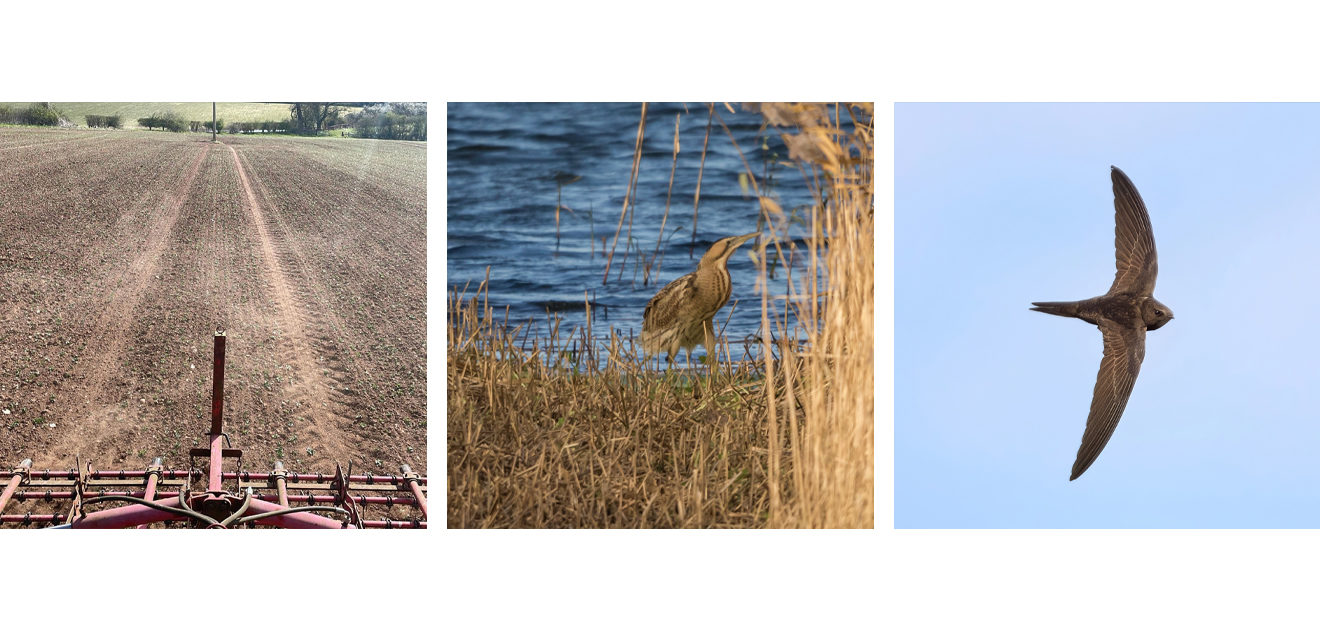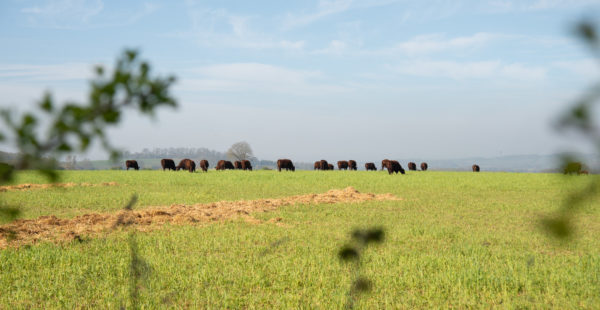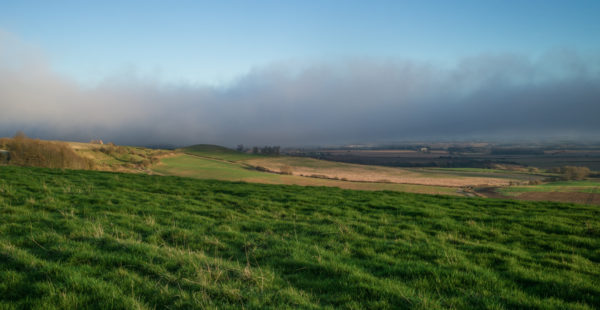A Week on the Estate: Omega Block, Casting Clouts & Cryptic Bitterns
We hope you’re enjoying April’s seemingly endless blue skies. The Met Office reports that we’re currently experiencing an Omega block. This means that the jetstream has kinked to the north of the British Isles, trapping an area of high pressure for weeks between lows to the east and west. This appears to be a recurring and alternating pattern in recent years; both dry highs and wet lows linger for longer.
There are worse times of year to have an Omega block and spring drilling has gone well. That said, it hasn’t rained for some time now and while there’s still moisture in the ground, it’s getting dry out there. According to the BBC, March 2025 was the driest for England and Wales since 1961 and parts of East Anglia had a total of 5mm of rainfall, which is pretty meagre compared to the average of 55mm. The growing season has only just begun but some farmers are already irrigating, while many more are planning for a future of very variable weather.
This dry spell compares markedly with this time last year. An average of 1,695.9mm of rain fell on the UK between October 2022 and March 2024, making that 18-month period the soggiest since records began in 1836. We doff our caps to farmers up and down the land working hard to feed the nation while grappling with a topsy-turvy climate. We know how hard it’s been and we’re grateful to our Estate team for working hard to roll with the punches and make the best of things.
On that note, we’re chuffed to report that the arable team have completed the organic spring drilling programme. The penultimate cereal drilling session went on until lighting-up time and our fingers are crossed for a good growing season. There’s growth wherever we look in the spring sunshine. More buds are bursting in the vineyard, the Pulse PEP beans are coming through and Jack’s been out and about weeding.







